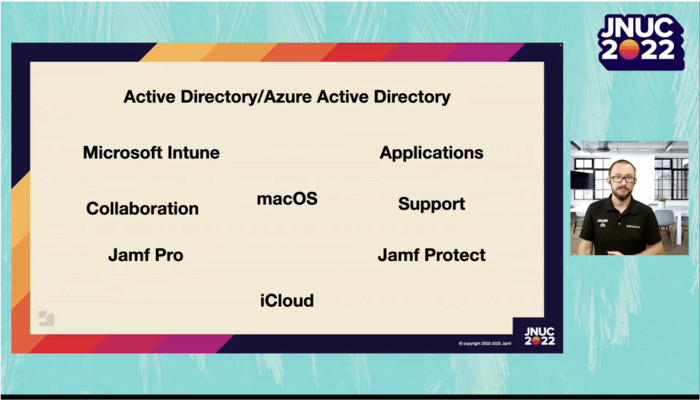1. Don’t Do Away with Windows Devices and Operating Systems
Organizations shouldn’t sacrifice Windows to adopt Mac. Employees should choose their own devices, and in some instances that means they will choose to work on Windows devices and operating systems.
“Don’t become the person you have argued with,” said Binder. “There are a lot of people that feel the same way about Windows as many of you do for MacOS.”
2. Embrace MacOS Equally to Give Employees Free Choice
Workplace device options must be equal for employees to freely choose how they are working.
“This is possibly the most important takeaway,” Binder said. “If you embrace MacOS within your organization, you need to do it on equal terms.”
READ MORE: Culture matters more than tech in the hybrid workplace.
If MacOS isn’t given equal treatment and consideration, employees may choose Windows because they feel that they will otherwise be left in the dark.
3. Don’t Manage Mac and Windows Devices the Same Way
Organizations should have different policies for managing MacOS and Windows, since they are different operating systems. Binder said users sometimes choose one operating system over another because their previous OSes were managed poorly.
Each system should be managed with software and features that make sense for that OS.
WATCH NOW: Manage the evolving workforce with takeaways from the CDW Executive SummIT.
4. Embrace the Entire MacOS Ecosystem
Embracing MacOS in the workplace means embracing its entire ecosystem, including iCloud, Jamf software, applications and more. It’s especially important to avoid giving employees Macs, yet forcing them to work on a Windows virtual machine.
“Having Mac in the organization is much bigger than the hardware and the operating systems,” Binder said.












